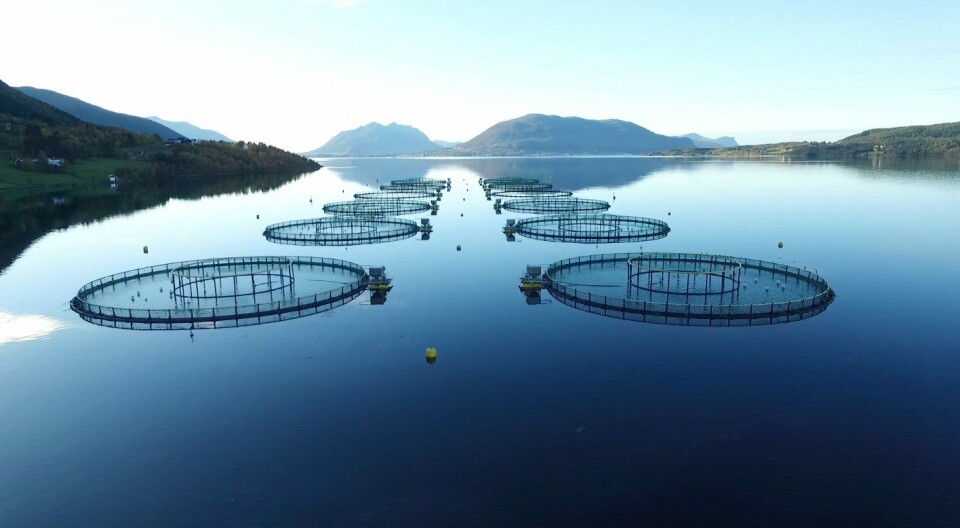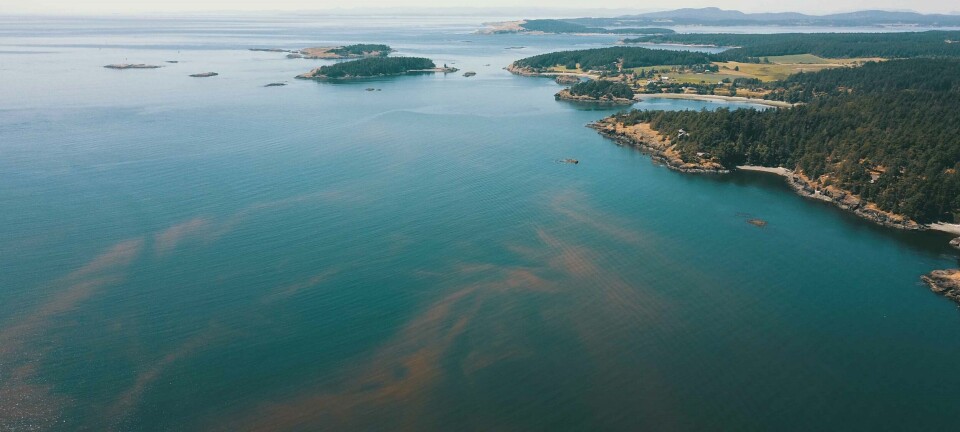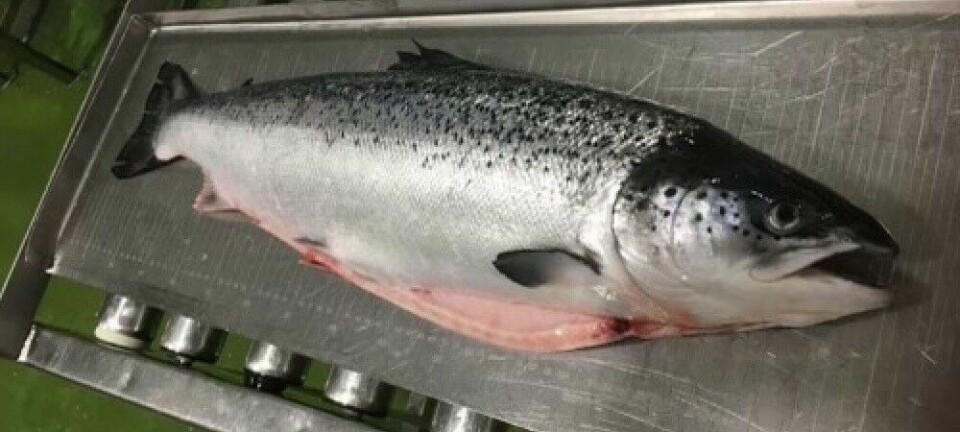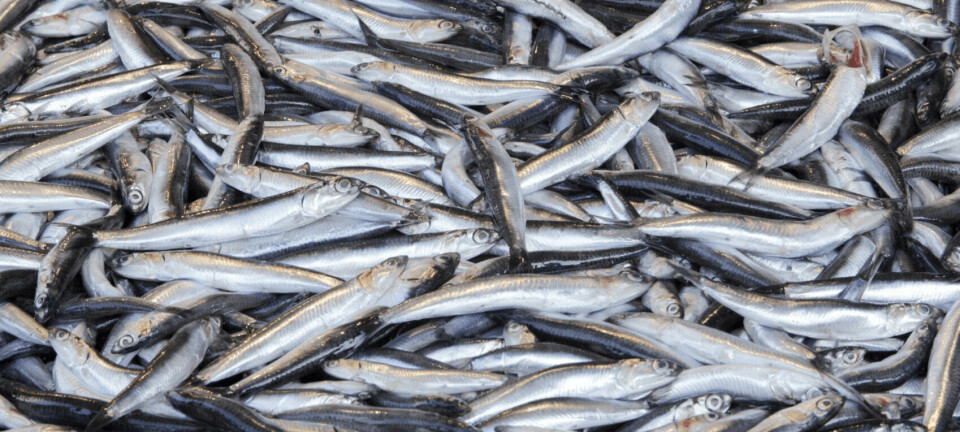
Price boost for halibut farmer
Norwegian fish farmer Nordic Halibut saw a sustained upward trend in sales prices in the second quarter of 2024, it said in a trading update.
“Increased prices were achieved for halibut sold in the 1-3 kg category with a 12% price increase, in the 3-5 kg category with a 14% price increase, and in the 5-7 kg category with a 5% price increase, compared to the same period in 2023,” stated the company, which is based in Averøy municipality in Møre og Romsdal county.
Nordic Halibut said the upward price trend shows consumers’ strong willingness to pay and the established high price levels for farmed halibut in high quality markets, even for smaller sizes exported to the UK and EU.
Lower harvest weight
As planned, the company experienced a decrease in average harvest weight, with an average of 4.5 kg, compared to an average harvest weight of 5.2 kg in Q2 2023. The reduction in average harvest weight resulted in an average selling price of NOK 153 per kilo in the quarter, which reflects a year-on-year decrease of 1.2%.
Total revenues for the quarter amounted to NOK 19.1 million, with harvest volumes reaching 140 tonnes. The company expects increased volumes and higher average harvest weights in the second half of 2024 and is still confident in its pricing strategy and market positioning, it said.
In accordance with previous communications, the company will prioritise facilitating a favourable distribution of harvest weights in this phase of its growth plan.
Long-term view
“This strategic focus is in line with the commercial strategy which aims to increase slaughter weights in future periods in order to respond to market signals. The overarching goal remains to optimise the utilisation of available biomass, which confirms our commitment to long-term goals, even if it may involve potential impacts on short-term harvest volumes,” the company wrote.
Nordic Halibut has long-term production targets of 4,500 gutted weight tonnes by 2026 and 10,350 gwt by 2031.
It is aiming to increase production by stocking more fish in marine sites and is also due to start work on a halibut fry facility at Tingvoll, Møre og Romsdal, in the current quarter. Around 1.25 million halibut fry will be produced there annually.





















































